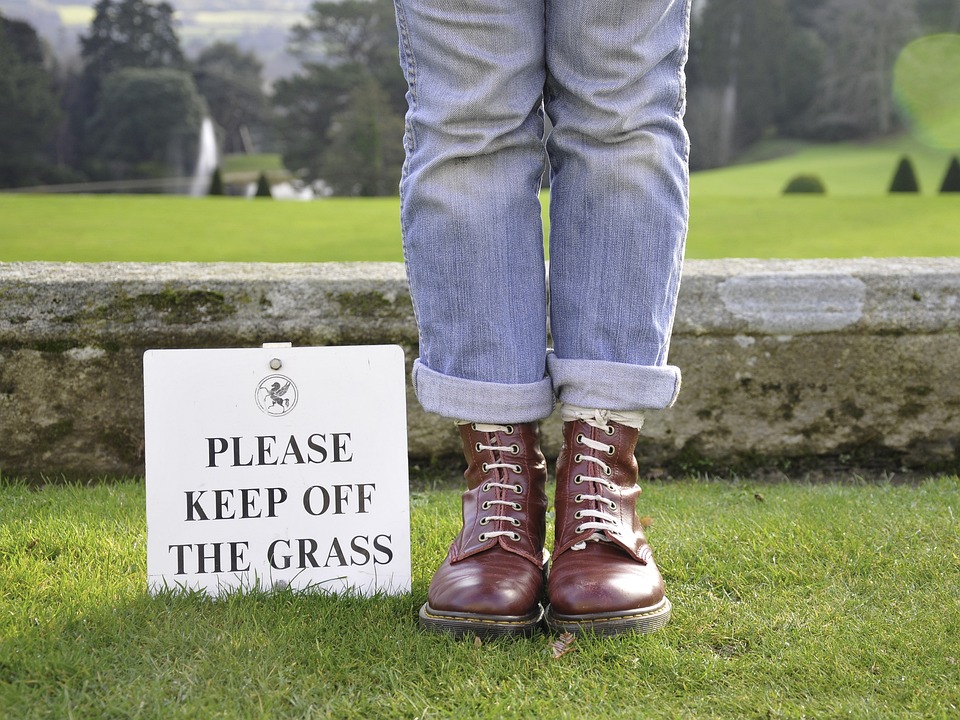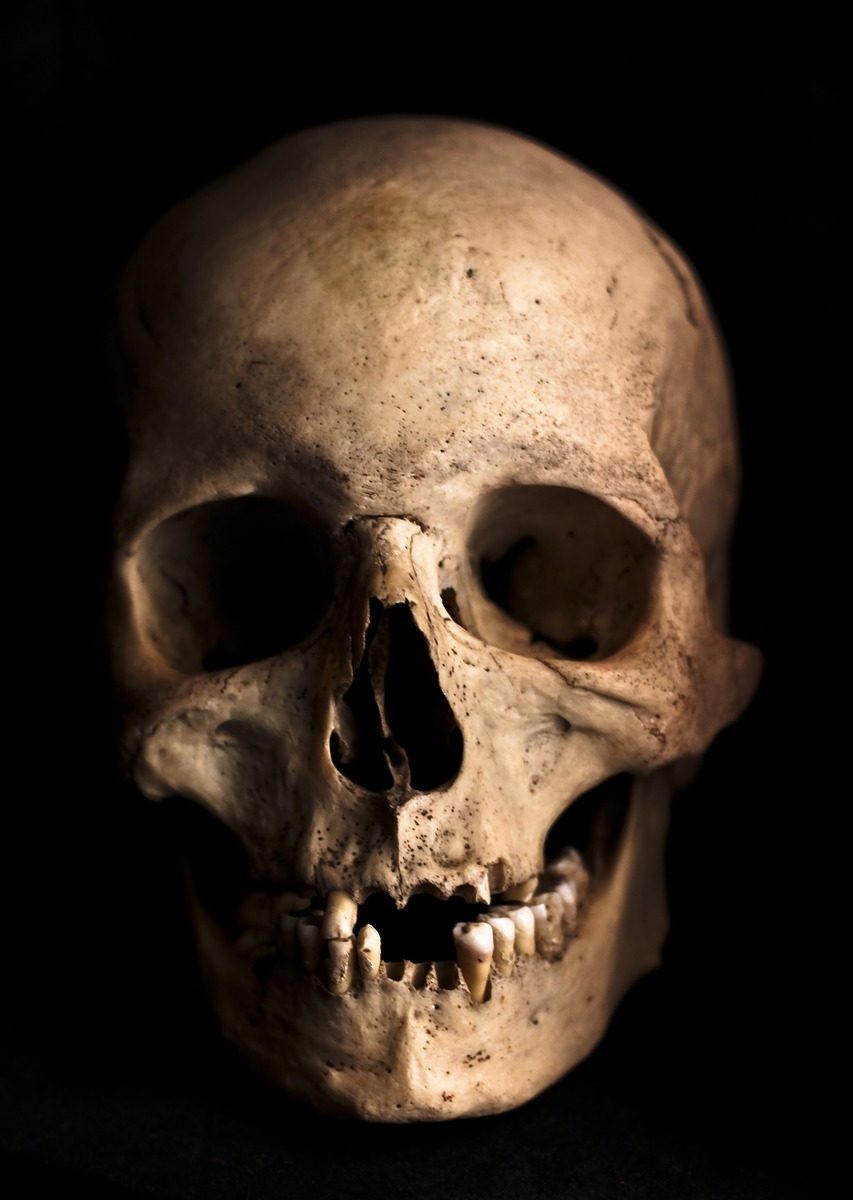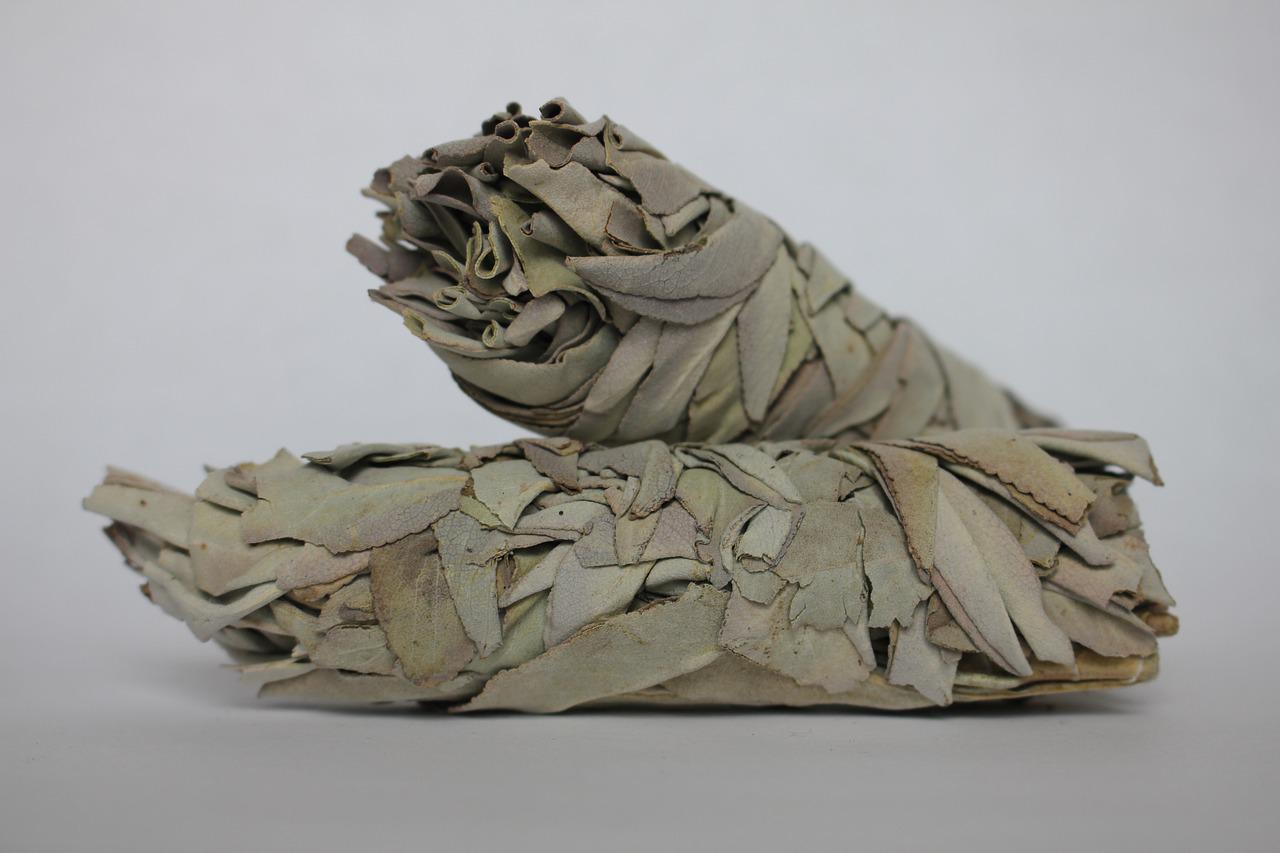Reconstructionism and Gnosis: The Story (Of These Blogs) So Far
In my last post, I talked about the interplay between reconstructionism and gnosis as I experience it. If it wasn’t already abundantly clear: it is my very sincere belief that both are necessary if we are to create workable and effective magical practices.
When I first got the idea for the post that spawned this series, I had three main points I wanted to communicate/dig into:
- The necessity of combining reconstructionism and gnosis when attempting to create modern versions of historically attested forms of magic.
- How that process can look from the inside/up-close.
- The historical argument for gnosis and why gnosis cannot be ignored in matters of ritual and magic.
My original plan was for this to be a three-part series, with this second post focusing on specific examples from my own practice. Essentially it would have been a storytime blog. But the more I thought about it, the less satisfied I was with the idea of just telling stories. Storytelling is one of the oldest teaching methods known to man, but stories have to be chosen and presented carefully if they are to be effective teachers. A collection of stories would only provide the same bird’s eye view of the subject as the gold mine analogy from the first post.

A New Plan Emerges
Instead, I would prefer to provide a more in-depth perspective to accommodate as many learning styles as possible. Because if there is one thing I’ve found from talking to people about this, it’s that many find it hard to imagine this process in practice. Part of this, at least in my opinion, is likely down to how the reconstructionist movement played out in Heathen spaces in the mid-to-late 2000s. From my perspective, the research phases of the method eclipsed the experimentation and evaluation phases. So, we don’t really have that space in our communities for the experimentation and evaluation discussions (yet). Moreover, when you wade into those warm, tempting waters of experimentation and evaluation, you’re inevitably getting into experience and gnosis. To return to a point I made last week: another mistake we Heathens made as a movement/group of movements back then was to largely neglect the subject of discernment. Instead, there was a tendency to either write gnosis off as “made-up-shit” or cling to it uncritically depending on where you sat on the fake “recon” vs “woo” spectrum.
So, rather than a round of storytelling, I’m going to take one story and use it as a framework to demonstrate my process of researching/creating experiments/conducting experiments/recording/evaluating/tweaking. Along the way, I will also highlight where gnosis makes an appearance, what I consider the “tipping point,” and touch upon discernment and assessing gnosis. I will also discuss the responsibility I feel to keep my family safe from any effects of my clarting around with old magical tech as well as what I consider to be necessary safety and wellness measures while engaging in this work.
Fair warning, but I have no idea how long this section of the series will be. This thing that started out as a single post seems to be spawning “babies” faster than rabbits in spring.
I guess we’ll get to the third section when we get there.
Some “Rules” For Blending Reconstruction And Gnosis
Before beginning the story though, I would like to discuss some of the unofficial “rules” I observe when engaging in this work. Though I refer to them as “rules,” I have found them to be far more helpful than restrictive. Please do not feel obligated to adopt them for yourself, but if you do, I hope you find them as helpful as I have.
Honesty
The first rule is honesty, and this applies in several ways.
In my experience, one of the biggest sources of contention between those who lean more to reconstruction vs those who lean more to gnosis boils down to labeling sources. Or in other words: not being entirely honest about where you got your information from. I’ve lost count of the number of times I’ve seen people trying to pass off gnosis as something textually attested. This is something that irritates me too even as a weird-experimenter and haver-of-gnosis.

If anything, I think it’s even more important for those of us who are experimenting with magic to be honest about our work and sources than your average Heathen. And there are two main reasons for this:
The first is that it’s both dishonest and rude to the humans you’re interacting with. Moreover, when you’re found out, it ruins the credibility of your work for those who are interested.
The second and most important reason is that you essentially deny the experiences, Powers, and relationships from which that gnosis flowed when you deny their role. It’s incredibly disrespectful to pass that other-gotten-gnosis off as coming from a book. Sure, the humans you’re interacting with might take the gnosis you’re sharing more seriously. But what of your relationships with those who helped you? If you find yourself prioritizing the approval of human strangers on the internet over your working relationships with allies, then you may want to ask yourself why.
Another area in which honesty is important pertains to interactions with other-than-human people. It’s never a good idea to lie to the kind of beings you can come across in magic. So, be careful with your words. Don’t promise anything you won’t do or give. Don’t be afraid to use direct but polite speech instead of flowery words if you suspect those flowery words might get you in trouble. And remember that silence is an option and always better than a lie. Never underestimate the abilities of the beings you may meet, as the consequences can be dire.
Finally, be as honest as you can with yourself about what you experience. Make a point of recording your experiences as soon as you are able. Because once an experiment ends, you begin the journey into the same kind of territory as crime scene witnesses. So, try to get everything down as quickly as possible and be brutally honest with yourself. Don’t be afraid to add notes like “I also got the impression of _____ but I’m not sure that actually came from interacting with (being) or was an intrusive thought/my brain elaborating as I could feel the trance weakening and it sounds similar to something I saw/heard the other day.” The mind loves to make connections and elaborate on experiences, and often we don’t even notice it. With practice though, it can get easier to spot.
So, that’s honesty.
No One Is Under Any Obligation To Accept Your Gnosis
My second “rule” is that no one is under any obligation to accept my gnosis (but they’re welcome to it if it resonates).
In my experience, this is another bone of contention when it comes to gnosis. Gnosis is a funny old thing, and especially in a group of religious movements mostly made up of ex-Christians burdened with largely unexamined Christian baggage.
I’ve written about how Christian baggage is a proverbial elephant in the room for a lot of Pagans and Heathens. Too many of us pretend that we shook off all vestiges of Christianity or the influence of growing up in a Christian-dominant society as soon as we put on a hammer and picked up a drinking horn. But unfortunately, life (and religious conversion) isn’t nearly that simple. And is it really surprising? Changing a worldview isn’t some quick, dump-water-on-head-and-call-Odin-a-bitch thing—no matter how it’s portrayed in Christian narratives. In my opinion, one of the areas in which Christian baggage has influenced modern Heathens can be found in some of the reactions to gnosis.
Now, this isn’t just something that happens to the more “recon-minded.” I think we find the same underlying concepts playing out (albeit differently) among some of the more “woo” aligned folks as well.

Ask yourself, “What does it mean to Christians when a Christian claims to have spoken to their god and received divine wisdom from him?”
It’s prophecy, right? Divine revelation that others must heed because it’s the Word of God.
This is the kind of thing wars have been fought over. Because that kind of a claim can be deeply problematic from a Christian perspective, especially if that message challenges dogma. There’s also the matter of who receives that communication and how they are viewed in the eyes of religion and society. What is their sex? Their social status? Their perceived closeness to god? The pope making divinely revealed pronouncements ex cathedra is fine, but it’s another matter if the person doing it is considered deficient or less holy in some way, or even simply too ordinary. That is when things have a tendency to get a little…spicy, shall we say?
And this is the framing that many are coming with to Heathenry and Paganism. Is it any wonder we see the reactions we do? The people with the gnosis who try to act like it’s imperative everyone goes along with it? The people who rule out the possibility of anyone interacting with a deity who doesn’t fit a certain, restrictive set of criteria? The defensiveness on all sides?
So, what do we do about it?
As someone who has a lot of gnosis, I think it’s imperative that we change the way we think about gnosis. We need to cultivate space for gnosis to simply exist without being a prophecy or divine revelation that everyone must follow. Not all communication with deities is revelation or prophecy that must be shared, or something that can only happen to certain, special people. And we do that by only considering our gnosis relevant to ourselves, listening respectfully to the gnosis of others, and retaining the right to accept or reject what you hear (preferably politely).
You Are Responsible For Keeping Others Safe!
Shockingly, conducting magical experiments based on historical sources isn’t always the safest way to pass the time. Things can happen that you had no way of foreseeing. You can find yourself experiencing unforeseen physical effects. And there’s always the chance of attracting the attention of unhelpful, opportunistic, or even hostile beings with your antics.
Unfortunately, if you’re not careful, the unforeseen consequences of your experiments can all-too-easily spread to the people around you.
Think about your roles in life and who you live with. I’m a mom; I have a little person entrusted to my care, and they tend to be attractive to a lot of beings. I’m also married, and my little family also counts a dog and a cat among us. These are all lives that I could inadvertently bring stress and harm to if I’m not careful. In addition to this, I live in a row house and my neighbors on both sides have family members who have been made vulnerable by sickness—yet more lives to take into account. And on top of that, the town where we live is bizarrely busy with the Otherworldly and generally strange activity.
(I say “bizarrely” as no one can figure out why the town where I live is so active. As an aside, it was like that before I moved in).
These are all factors that need to be taken into account when planning magical experiments. Because they don’t deserve to deal with any unwanted interlopers or other consequences from my activities, and it’s entirely down to me if they do.

So, I factor them into my planning. I build extra layers of containment and protection into my experiments. And when I really have no idea what could happen, I find the time to go and do my experiments somewhere away from other humans. I always keep a good supply of apotropaics handy. And I am careful with shutdown and clean-up.
Also important is what I do outside my experiments in my day-to-day life. I have and maintain close relationships with the deities I worship and my allies. Those relationships are often a magical practitioner’s first form of defense. I also regularly meditate, practice basic skills, and check in with my souls. And as someone whose practice is also informed by the Old English magico-medical manuscripts, I am very careful with purification practices too. All of these are intended to ensure that I am as hæl as I can be going into my experiments, that I’m not out of practice, and that I remain me.
Final Word
The “rules” I have just given are not the only ones I observe, but they are the main ones. I will introduce others as they become relevant throughout the rest of the series. It should go without saying, but whether you choose to adopt them for yourself is entirely up to you. Either way, I hope the accompanying discussion has given you plenty of food for thought.
In the next post, I’m going to take you through the first stage of the reconstructionist process: research. This is where I’ll introduce you to a fascinating Swedish site archaeologists refer to as the Götavi grid. I’ll talk about where I first found out about it; the various features of the grid, their symbolism, and other examples of those features; potential references from textual sources; and possible meanings and interpretations. If the post doesn’t run too long, I’ll also talk about my first attempt to recreate the grid and what happened.
So, until next time!





